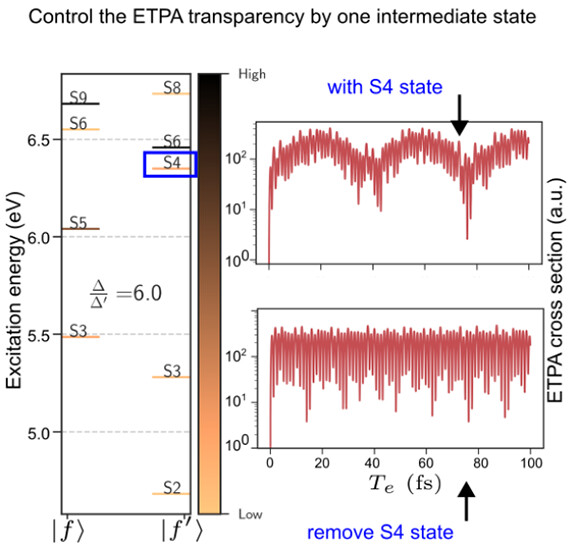Fine-Tuning of Entangled Two-Photon Absorption by Controlling the One-Photon Absorption Properties of the Chromophore
Mingxue Fu, Dmitry Tabakaev, Rob Thew, Tomasz A. Wesolowski
J. Phys. Chem. Lett. 14, 2613-2619 (2023)
This work was a collaborative effort between: the Quantum Technologies group and the Department of Physical Chemistry, both at the University of Geneva.
You can read the full article here.
Entangled two-photon absorption (ETPA) is known to be an illusive and difficult-to-observe phenomenon. Despite many experimental and theoretical studies aiming to describe the properties and mechanism of ETPA, there is still no definitive answer as to whether it provides a quantum advantage and increased absorption efficiency compared to classical two-photon absorption (TPA).

The resulting analysis and simulations from this work will hopefully help to allow more optimised and predictable experimental parameters to be chosen for future ETPA experiments, especially with regards to the coherence time of the source and the sample being investigated.